Step-by-Step Guide: Launching Your First Profitable Online Store
Starting an online store has never been easier—or more competitive. With the right tools, strategies, and mindset, you can turn your business idea into a profitable e-commerce brand. Whether you’re selling handmade products, dropshipping, or offering digital goods, this step-by-step guide will help you launch your first online store and set it up for success.
1. Define Your Niche and Business Idea 🎯
Before building a store, you need to decide what you’re selling and who you’re selling to.
- Find a niche: Choose a specific market with demand but not overwhelming competition (e.g., eco-friendly skincare, pet accessories, or home office gadgets).
- Validate your idea: Use tools like Google Trends, social media groups, and competitor research to confirm interest.
- Identify your target audience: Define their age, location, interests, and shopping habits.
👉 A clear niche helps you stand out in a crowded market.
2. Choose the Right E-Commerce Platform 🖥️
Your e-commerce platform is the foundation of your store. Popular options include:
- Shopify: User-friendly with many integrations—great for beginners.
- WooCommerce (WordPress): Flexible, customizable, and ideal for those who want control.
- BigCommerce or Wix: Suitable for growing brands or smaller budgets.
Choose based on budget, features, and scalability.
3. Register Your Domain and Secure Hosting 🌐
- Domain name: Keep it short, memorable, and brandable. (e.g., yourbrand.com)
- Hosting: Reliable web hosting ensures fast load times and minimal downtime.
- SSL certificate: Essential for customer trust and securing transactions.
👉 A professional domain and secure hosting build credibility from day one.
4. Design Your Online Store 🖌️
Your store’s design affects both trust and conversion rates.
- Choose a clean theme: Prioritize mobile-friendly and responsive designs.
- Highlight products: Use high-quality images and clear product descriptions.
- Easy navigation: Keep menus simple and product categories clear.
- Strong branding: Use consistent colors, fonts, and logos.
Remember: First impressions matter.
5. Add Products and Optimize Listings 📦
Your product pages should do more than show items—they should sell them.
- High-quality images: Show multiple angles and lifestyle shots.
- Compelling descriptions: Focus on benefits, not just features.
- SEO optimization: Use keywords in product titles, meta tags, and descriptions.
- Pricing strategy: Consider costs, competition, and perceived value.
👉 The better your listings, the higher your conversion rates.
6. Set Up Payment Gateways and Checkout 💳
Make it easy for customers to pay.
- Offer multiple payment options: Credit cards, PayPal, Apple Pay, Google Pay, etc.
- Streamline checkout: Avoid too many steps that cause cart abandonment.
- Security first: Ensure your payment processor is PCI-compliant.
A smooth, secure checkout builds trust and repeat sales.
7. Plan Your Marketing Strategy 📢
Even the best store won’t succeed without traffic.
- Social media marketing: Promote on Instagram, TikTok, or Facebook depending on your niche.
- Content marketing: Start a blog, create tutorials, or use SEO to attract organic traffic.
- Email marketing: Build a subscriber list with welcome discounts and newsletters.
- Paid ads: Use Google Ads, Facebook Ads, or influencer collaborations to scale quickly.
👉 Marketing is an ongoing investment, not a one-time step.
8. Provide Excellent Customer Service 🤝
Customer loyalty comes from more than just great products.
- Quick response times: Offer live chat or fast email support.
- Clear policies: Refunds, returns, and shipping info should be transparent.
- Personalized experience: Reward repeat customers with discounts or loyalty programs.
Happy customers become your best marketers.
9. Monitor, Analyze, and Improve 📊
Track your store’s performance with analytics tools like Google Analytics or built-in dashboards.
- Key metrics to watch:
- Conversion rates
- Cart abandonment rate
- Average order value (AOV)
- Customer lifetime value (CLV)
- A/B testing: Test product images, pricing, or checkout processes.
- Adapt and scale: Double down on what works, and refine what doesn’t.
👉 Continuous improvement is the secret to long-term profitability.
✨ Final Thoughts
Launching your first profitable online store doesn’t happen overnight—but with planning, execution, and persistence, you can turn an idea into a thriving e-commerce business. By choosing the right niche, building a professional store, optimizing your products, and investing in marketing, you’ll be well on your way to creating a brand customers love.
Remember: every successful store started with one step. Take yours today.
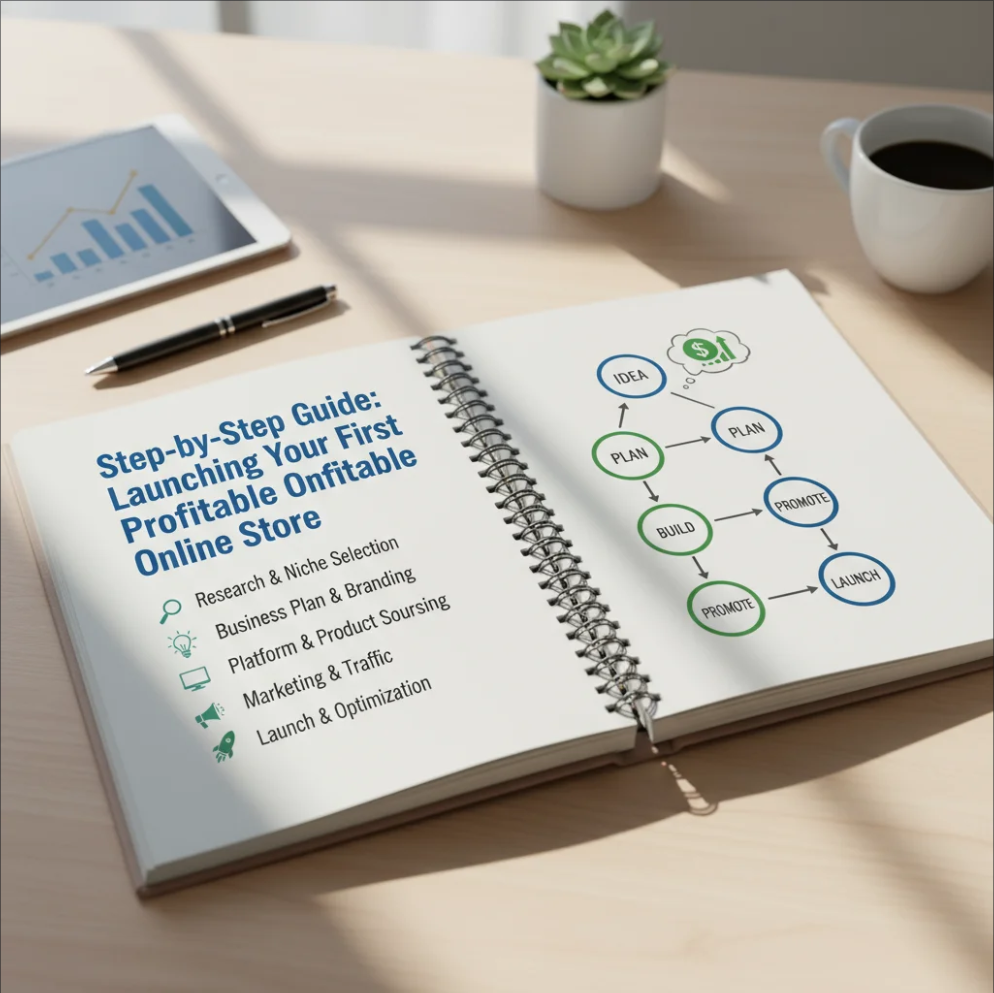
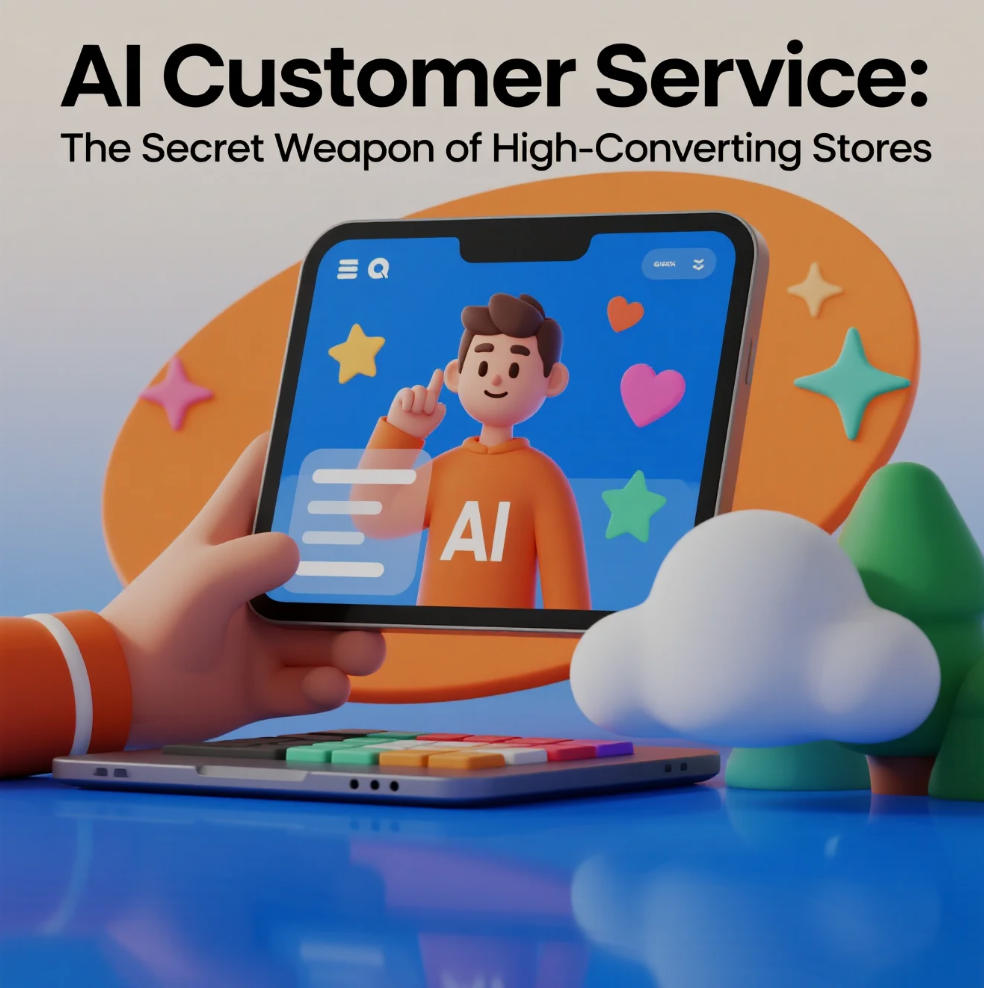
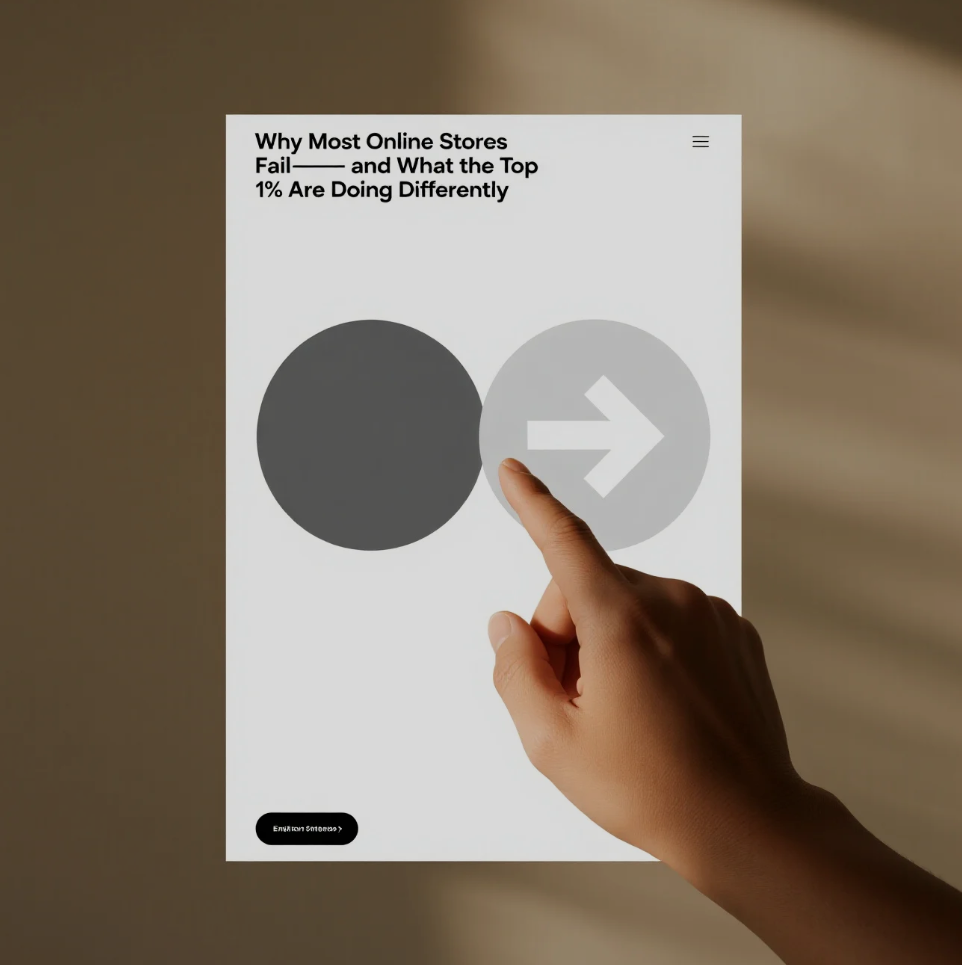

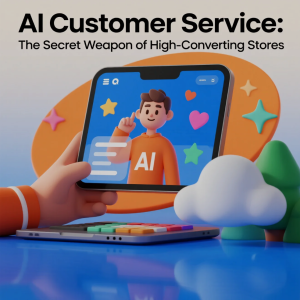

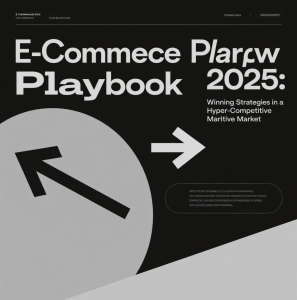
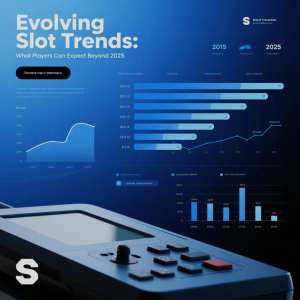

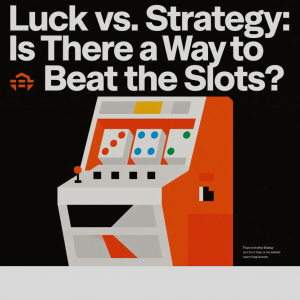




Post Comment